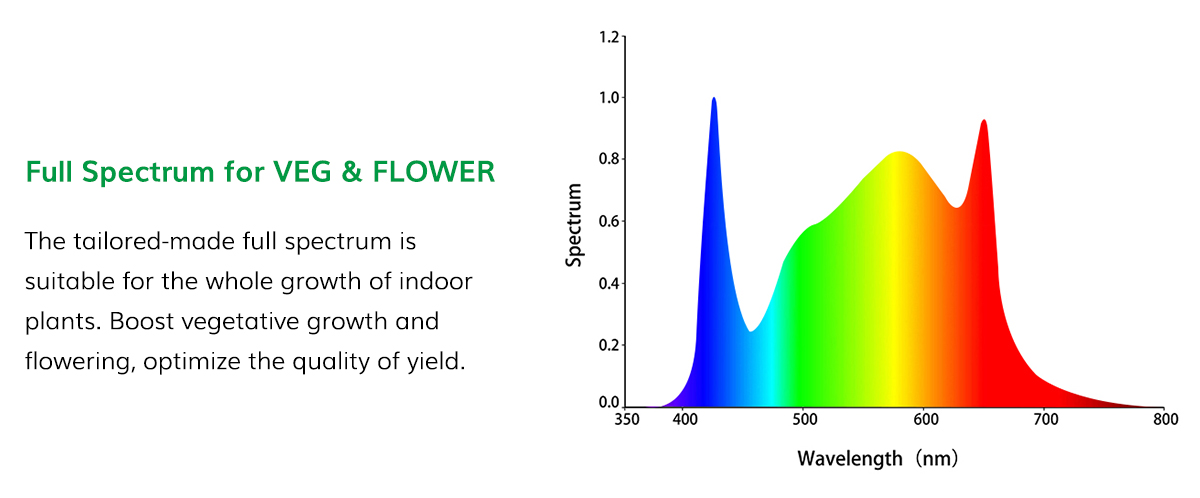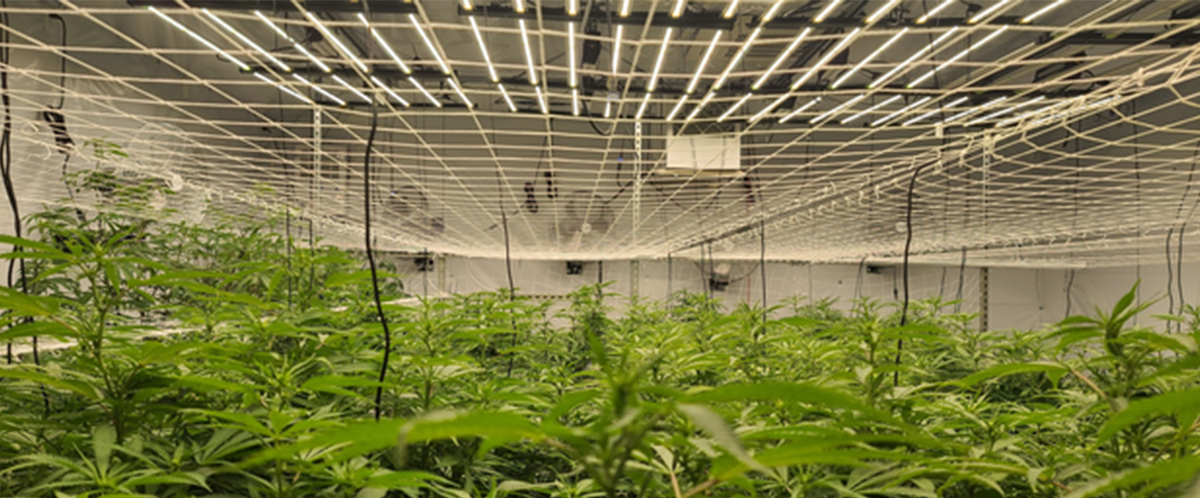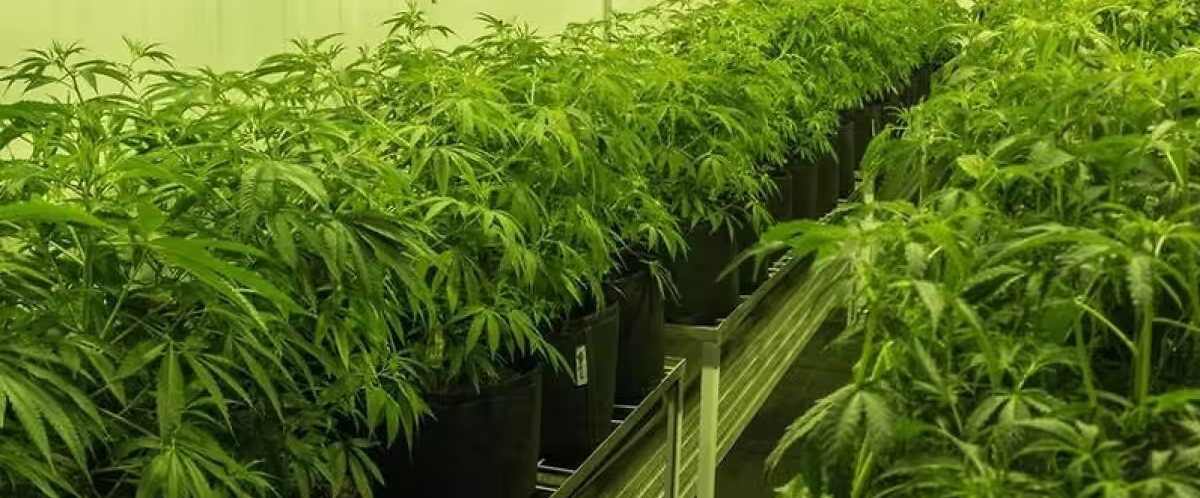Cannabis growers know that a proper lighting system is crucial to ensuring plant health and a good yield. As technology advances, LED grow lights have become the preferred lighting solution in cannabis cultivation. However, with so many choices on the market, how to choose the most suitable LED grow light? Here are a few key factors.
1.Spectral range:
When choosing LED grow lights for cannabis cultivation, it is crucial to consider the spectral range. Cannabis requires different types of light spectrum at different stages of its growth cycle. For example, the blue spectrum is particularly beneficial during the growth stage of plants as it promotes the development of healthy leaves and stems. While during the flowering and fruiting stages, the red spectrum is more important as it helps the plant produce more flowers and fruits.

Ideally, you should choose LED lights that provide what is called "full spectrum" light, meaning they are able to emit a broad spectrum similar to natural sunlight. Full-spectrum lights include not only the red and blue light waves that are essential for plant growth, but also ultraviolet and far red light, which, while not required, can further enhance the quality and yield of your cannabis.
2. Coverage area:
Coverage area is one of the key factors when choosing LED grow lights for cannabis cultivation. Correct light intensity ensures that plants receive sufficient energy for photosynthesis, while proper coverage ensures that all plants receive even light.
LED grow lights should be able to cover the entire growing area evenly. Uneven light can cause uneven plant growth, affecting overall yield and quality. When choosing a light, consider its light distribution pattern and the size of your growing space to ensure each plant gets enough light.

3.PPFD
PPFD is an important indicator for evaluating the effectiveness of LED grow lights. Plants require a certain range of PPFD for efficient photosynthesis. This range varies depending on plant species and growth stage. PPFD directly reflects the intensity of light. Different plants and growth stages have different needs for PPFD.
For example, cannabis may require a lower PPFD during the early stages of growth and a higher PPFD during the flowering stage. At the same time, the intensity of PPFD can be adjusted by adjusting the distance between the grow light and the plants.
4. Energy efficiency:
When choosing LED grow lights for growing cannabis, it is very important to consider energy efficiency. Energy-efficient LED lights can provide necessary light while consuming less electricity, which is crucial for reducing operating costs and improving environmental performance.
When evaluating the energy efficiency of an LED light, consider the light output it produces per watt (usually expressed as PPF/Watt, that is, photosynthetically active radiation per watt). Efficient LED lights have higher PPF/Watt values, meaning they can provide more light with lower energy consumption. While high-efficiency LED lights may be more expensive initially, they typically have a longer lifespan and lower energy consumption, saving more on electricity and maintenance costs in the long run.
5. Cooling system:
When choosing LED grow lights for cannabis cultivation, the efficiency of the cooling system is a factor that cannot be ignored. A good cooling system is crucial to maintaining the long-term stability and performance of LED lights. LED lights generate heat when operating. If heat cannot be dissipated effectively, long-term accumulation of high temperatures can damage the bulb, reducing its life and efficiency.
In addition, overheating lights can cause thermal damage to plants, especially if the light is in close proximity to the plants. You can opt for aluminum heat sinks and efficient designs to enhance heat dissipation. Aluminum is a good thermal conductor and can quickly conduct heat from the bulb to the outside.
6. Dimmable function:
When choosing LED grow lights for cannabis cultivation, it is very beneficial to consider dimmable features. This feature allows growers to adjust the intensity of the light based on the needs of their cannabis at different stages of its growth cycle, providing additional flexibility, allowing growers to precisely control lighting conditions. For example, during the germination or seedling stage of cannabis, lower intensity light is often necessary to avoid excessive stress. During the flowering stage, stronger light may be needed to promote flower growth.

The above content summarizes the key factors to consider when choosing a grow light . These factors are essential to ensuring healthy growth and maximizing yields for your cannabis plants. If you need more information or seek professional advice on selecting LED grow lights that suit your planting needs, please click on the dialog box below to contact us.























